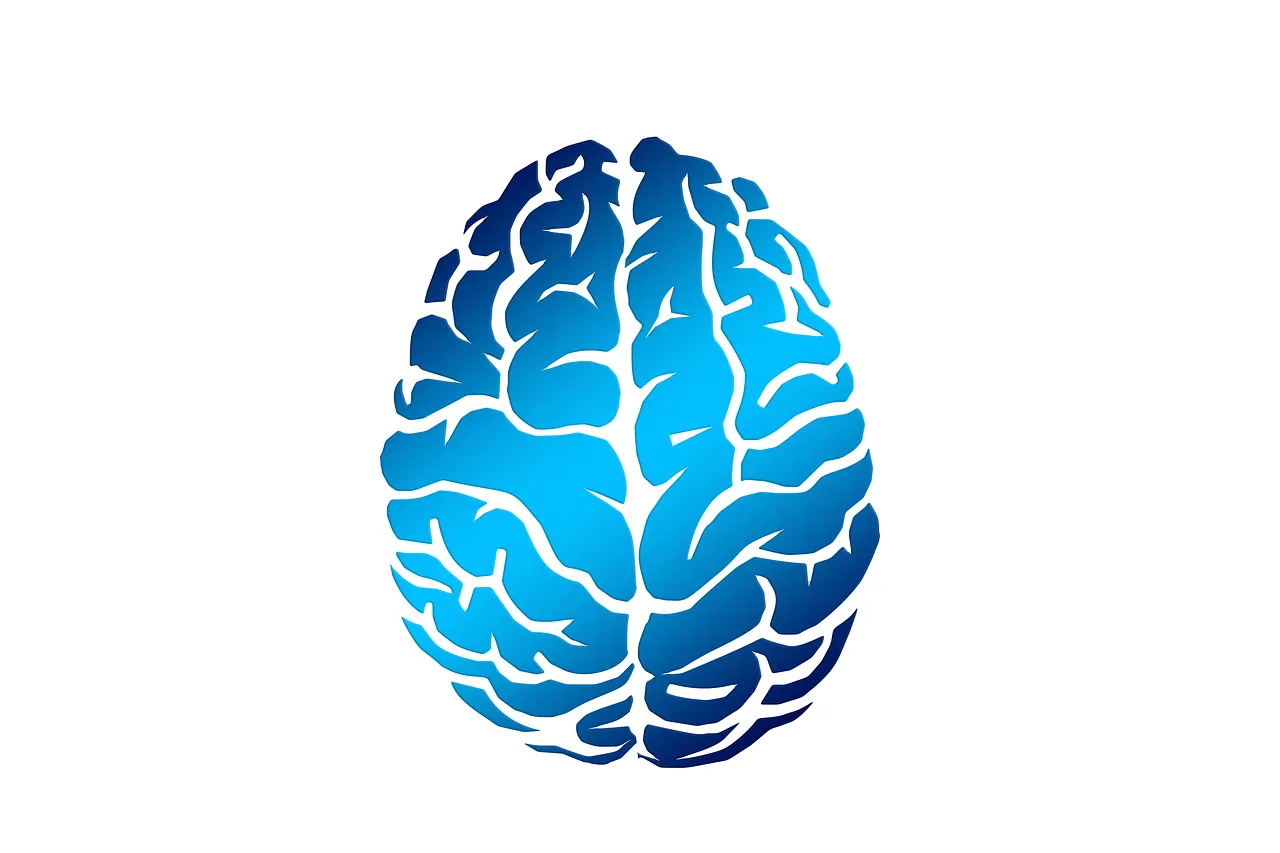
Memories and Plasticity
Through memories, our past experiences shape how we respond to an event. This is especially true for the formative early years of our lives, during the "critical period" when our neurons can rapidly change by forming new connections and 'pruning' others through elevated neural plasticity. This malleable stage of life enables quick adaptation to new environments and rapid and robust learning. It is responsible for children being capable of picking up a language or skill far quicker than an adult could, and for childhood experiences having a large impact on a persons conceptualization of the world.
Since early experiences can have such an impact on children, a single bad event can cause serious trauma or fear. These fears can follow an individual into adulthood even if the adult recognizes the fear as being irrational. Some adults can even point to the event(s) in their childhood which they think started the fear.

Eliminating a Fear
Imagine if you could manipulate your emotional response as you see fit, if you could selectively remove your instinctive, emotional responses. You could use this to reduce your own suffering and increase your productivity. Such an ability would prove a hypothetical treatment for anxiety and depressive disorders, phobias, addictions, as well as attentive and compulsive disorders. You could be calm during public speaking, and rational during times of high stress. Well, this is probably closer on to reality than science fiction on the scale of possibilities.
Every time that you recall a memory, that memory becomes susceptible to change. This is a useful mechanism by which your mind can update memories with more information. This process is called re-consolidation, and has been extensively studied by psychologists and neuro-scientists in human and animal models. By studying the molecular mechanisms of the plasticity associated with a specific type of memory, this paradigm can be used to alter or erase memories. By cuing the recall of a specific memory through experience, and then administering a pharmacological agent (such as the beta-blocker, propranolol), which causes interference with the protein synthesis necessary to re-consolidate the memory, the memory will be re-consolidated without the emotional valence associated with it.
This concept can be easily applied to treat phobias. Neuro-scientist Dr. M. Kindt has effectively cured individuals of arachnophobia, as can be seen in the Nature video below (watch from 7:00 to 10:30 for fear extinction results). It is as simple as exposure to the fear and administration of propanolol to completely change the relationship that these individuals have with spiders.
Experiment Review: Pharmacological Blockage of Fear Extinction
This process of fear extinction can also be prevented. Researchers W.A. Falls, et al. at Yale University have shown that administration of the drug AP5 to the brain’s fear and emotion structure, the amygdala, can stop the extinction of a fear.
Humans learn by association and context. If a child goes to a doctor’s office to receive a shot, for example, he or she will likely become upset upon returning to the office and seeing the nurse who gave the shot. In what is referred to as Pavlovian conditioning, a neutral conditioned stimulus (such as a doctor’s office) can be paired with an adverse stimulus (a shot) to evoke a fear response from the conditioned stimulus. However, after many subsequent visits to the doctor’s office where the child does not receive a shot, and is perhaps even rewarded with lollipops, he or she will become less fearful of the office.
In a fear conditioning paradigm, the investigators paired the onset of a fluorescent light with an electrical shock. They did this by keeping rats in a completely dark box that had a steel floor, which could deliver a current to the rats’ feet. A noise, or both light and noise were presented before foot shocks, and then recording were taken of the degree to which the rats were startled. “Light-alone” was represented by the recorded response to light and noise minus the response to noise alone after conditioning. Light and noise together elicited higher levels of fear represented by startle than either did alone. Following 60 light-alone presentations, there were significantly lower recordings of startle indicated fear. This reduction in fear response phenomenon is referred to as fear extinction.

Next the researchers wanted to study whether this fear extinction could be stopped by pharmacological intervention. Immediately before these light-alone trials, some of the rats received an infusion of the antagonist AP5, a substance which blocks specific neuron channels (namely the NMDAR in the amygdala) from opening, and other rats received a placebo infusion. Rats who received 1.5 or 6.25 nmol of AP5 were able to extinguish the fear, just as normal rats were. Rats who received the higher doses of 12.5 or 25 nmol AP5 were significantly much less able to extinguish fear response to light. The researchers compared these results with the infusion of another drug CNQX (a non-selective antagonist) to be sure it is the blockage of specifically these channels (NMDAR) that plays a key role in this fear extinction paradigm. CNQX did not block fear extinction, which suggests that the NMDAR in the amygdala play a key role in fear related learning processes.
This experiment gives us a new insight into the biological mechanisms of fear extinction and provides a novel method to inhibit fear extinction in rats. While many more studies are required to give us a more full picture of how emotional responses are learned and unlearned, these results have important implications. If targeting specific amygdala channels with an antagonist blocks fear extinction, then these channels and the neurons they are on play a necessary role in updating fear related information in one’s memory. In the future, perhaps a drug based on these properties could be administered as a way to therapeutically modulate human emotional responses.
This post builds upon my previous post exploring Bio-physical Representations of Memories, and Implanting of Fake Memories on Command. In that post I referred to memories as dynamic representations of a previous conscious experiences which can be stored, updated, and retrieved cue. These memories can be represented physically as engrams, which can be silenced (inducing retrograde amnesia), un-silenced (rescuing the forgotten memory, and optogenetically activated.
Thanks for reading. Feedback is always appreciated!

Recent Articles:
- GMOs: Addressing Environmental and Health Concerns
- Neural Plasticity: Shaping How We View Ourselves
- PTSD: The Psychology and Neurology of Trauma and Psychedelic Treatments
- Attending to the Moment: The Difference Between Knowing and Understanding
- Why Quantum Mechanics can Elucidate the Nature of Consciousness
References:
- Falls, W. A., Miserendino, M. J., & Davis, M. (1992). Extinction of fear-potentiated startle: blockade by infusion of an NMDA antagonist into the amygdala. Journal of Neuroscience, 12(3), 854-863.
- Kindt, M., Soeter, M., Sevenster, D. Disrupting Reconsolidation of Fear Memory in Humans by a Noradrenergic β-Blocker. J. Vis. Exp. (94), e52151, doi:10.3791/52151 (2014).
- Soeter, Marieke, and Merel Kindt. "An abrupt transformation of phobic behavior after a post-retrieval amnesic agent." Biological psychiatry 78.12 (2015): 880-886.
Images:
